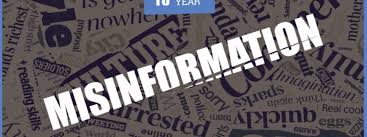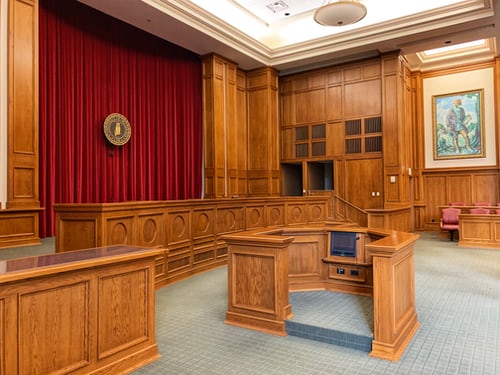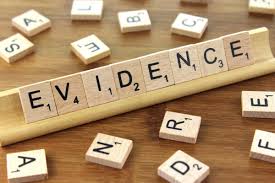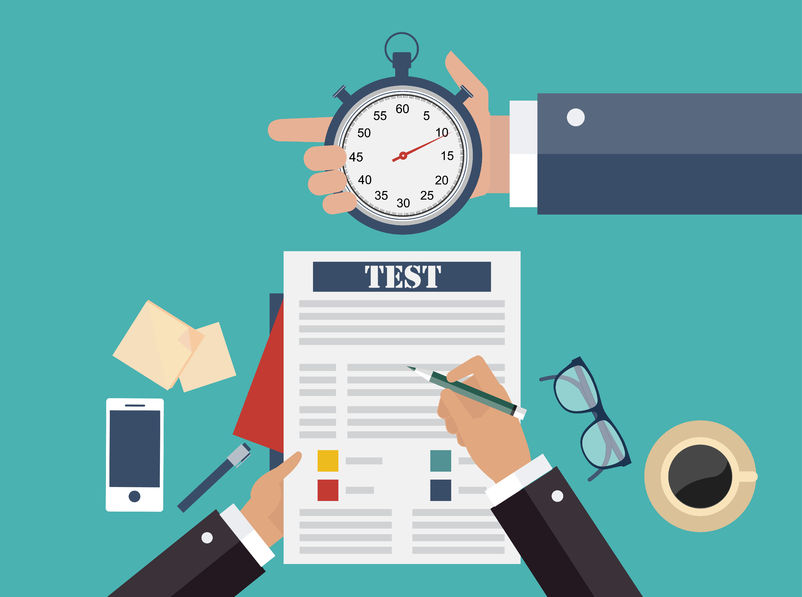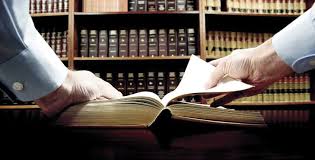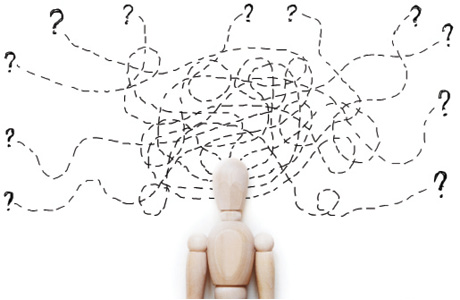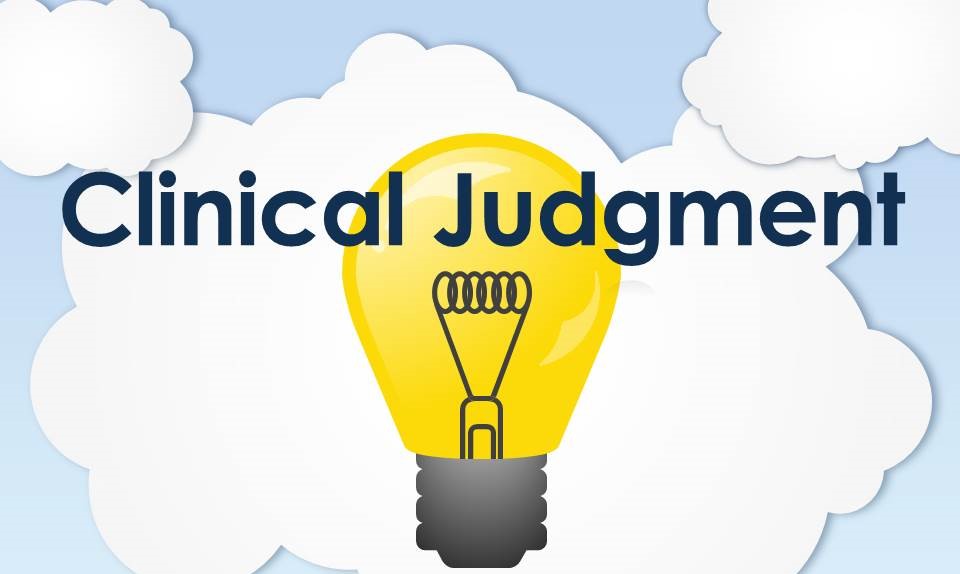The DSM‑IV clearly acknowledges its limitations when used in a forensic setting. PsychLaw.net notes that the manual states:
“When DSM‑IV categories, criteria, and textual descriptions are employed for forensic purposes, there are significant risks that diagnostic information will be misused or misunderstood. These dangers arise because of the imperfect fit between the questions of ultimate concern to the law and information contained in a clinical diagnosis. In most situations, the clinical diagnosis of a DSM‑IV mental disorder is not sufficient to establish the existence for legal purposes of a `mental disorder,’ `mental disease,’ or `mental defect.’ In determining whether an individual meets a specified legal standard (e.g., for competence, criminal responsibility, or disability), additional information is usually required beyond that contained in the DSM‑IV diagnosis. This might include information about the individual’s functional impairments and how these impairments affect the particular abilities in question. It is precisely because impairments, abilities, and disabilities vary widely within each diagnostic category that assignment of a particular diagnosis does not imply a specific level of impairment or disability” (p. xxiii).
Quite clearly, DSM‑IV acknowledges that its diagnostic classifications are not sufficient ‑ in and of themselves ‑ for responding to forensic issues. Therefore, it is appropriate to ask whether DSM‑IV can legitimately support expert testimony in a legal proceeding? The U.S. Supreme Court’s decision in Daubert revises the traditional test for determining the admissibility of expert testimony.[1] The Frye test previously required that expert testimony be supported by scientific principles or evidence generally accepted by the relevant scientific or professional community.[2] A review of the previous discussion of inter-rater reliability demonstrates that the DSM-IV cannot meet that test.
As PsychLaw.net explained in previous posts, Daubert establishes FRE 702 as the test for admitting the testimony of an expert witness. FRE 702 allows expert testimony into evidence ‘If [the] scientific, technical, or other specialized knowledge will assist the trier of fact to understand the evidence or to determine a fact in issue …’
Summarizing: Daubert defines a four‑prong test for determining the ‘evidentiary reliability’ of a scientific theory or technique.[3]
- Can it be ‑ or has it been ‑ tested?
- What is its known or potential rate of error?
- Has it undergone peer review?
- Does it enjoy general acceptance?
PsychLaw.net notes that applying these four questions to DSM‑IV leads to rather sobering conclusions regarding its evidentiary reliability. The unavailability of inter‑rater reliability data for its various diagnostic classifications creates enormous problems for DSM‑IV. As a result, it cannot claim to have been appropriately tested. Additionally, its potential rate of error remains unknown. When evaluated against Frye criteria, DSM‑IV can claim general recognition. The extent to which it is used by a broad spectrum of mental health professionals clearly establishes that it is generally recognized. General acceptance of a procedure, however, necessitates that professionals agree in the conclusions they reach when using it. Without inter‑rater reliability data demonstrating an acceptable level of consensus for DSM‑IV, claims regarding its general acceptance remain unsupported.[4] In other words, the “popularity” of DSM‑IV does not necessarily establish its reliability.[5]
Cross‑Examining the Forensic Use of DSM‑IV
- DSM‑IV clearly acknowledges its limitations when used in a forensic setting ‑‑ Correct?
- In other words, DSM‑IV criteria are not sufficient ‑ in and of themselves ‑ for answering the questions related to this case ‑‑ Correct?
- And without inter‑rater reliability data, one could argue that DSM‑IV has not been adequately tested ‑‑ Correct?
- And without inter‑rater reliability data, no one really knows what the error rate is for DSM‑IV ‑‑ Correct?
- And without inter‑rater reliability data, it is illogical to claim that DSM‑IV is generally accepted ‑‑ Correct?
- In other words, the popularity of DSM‑IV does not necessarily establish its accuracy ‑‑ Correct?
______________________________________________________________________________
[1]. Daubert v Merrell Dow Pharmaceuticals Inc., 509 U S 579, 113 S Ct 2786, 125 L Ed 2d 469, (1993).
[2]. Frye v United States, 54 US App D C 46, 293 F 1013 (1923).
[3]. Campbell, T.W. (1993). The Daubert decision and its effects on expert testimony. Michigan Lawyers Weekly, Sept, 13, 1993; 5B.
-and-
Lorandos, D. (1995). Finding the right expert. In Expert Witnesses Beyond Daubert. Ann Arbor, Michigan. Institute for Continuing Legal Education.
[4]. Remember, in the words of one of the amicus briefs filed in Daubert, a brief filed on behalf of several Nobel laureates: “It is how the conclusions are reached, not what the conclusions are, that makes them ‘good science’ …”: Brief Amici Curiae of Nicolaas Bloembergen et al. at 22, Daubert v. Merrell Dow Pharmaceuticals, Inc., 113 S. Ct. 2786 (1993) (No. 92-102).
[5]. “Popularity” of a diagnosis or the popularity of a described Asyndrome@ has at times found junk science creeping into the courtroom. Rape Trauma Syndrome and Battered Women’s Syndrome are two of these popular but scientifically difficult conceptualizations. We refer to these syndromes as “suppositional science”. They are essentially hypotheses that are untestable or inadequately tested, but they find their way into courtrooms because the underlying insights are seen as useful in formulating legal policy and treatment modalities. See, for example: Faigman, D.L. (1989). To Have and Have Not: Assessing the Value of Social Science to the Law as Science and Policy, 38 Emory L. J. 1005; Mosteller, R.P. (1989). Legal Doctrines Governing the Admissibility of Expert Testimony Concerning Social Framework Evidence. 52 L & Contemp. Probs. 85.
When used for the more limited purpose of shedding light on the mental condition and behavior of the victim, such evidence has an easier time with admission, although a number of courts are quite critical:
State v Saldana (1982, Minn) 324 NW2d 227, 230 [RTS is therapeutic rather than factfinding tool; it carries aura of special reliability and trustworthiness and is likely to overawe jury]; People v Bledsoe (1984) 36 Cal 3d 236. 203 Cal Rptr 450, 681 P2d 291,300-301 [RTS is therapeutic tool not test to determine whether rape occurred or victim is truthful]; State v Taylor (1984. Mo) 663 1-W2d 235, 238-240 [RTS is not based on sufficiently sound science for use in evidence]; State v Brodniak (1986) 221 Mont 212, 718 P2d 322, 329 [error to let expert testify on basis of RTS and conversation with complaining witness that she was not “malingering”, expert may not testify on credibility]; State v Black (1987) 109 Wash 2d 336; 745 P2d 12, 16-18 [RTS lacks, scientific reliability]; Spencer v. General Elec. Co., 688 F. Supp. 1072, 1075-77 (E.D. Va. 1988) [court held that RTS evidence is not a scientifically reliable means of proving that a rape occurred and therefore does not satisfy Frye test. Court noted that expert=s methodology “bore little, if any, resemblance to traditional scientific or medical methodologies” and that probative value of such evidence is outweighed by its unfair prejudicial effect, citing Rule 403].
But see: United States v. Arcoren, 929 F.2d, 1235, 1238-42 (8th Cir. 1991) [court upheld admission of evidence of battered woman syndrome to explain why witness recanted her testimony], cert denied, 112 S. Ct. 312 (1991); and State v. Grecinger, 569 N.W.2d 189, 194 (Minn. 1997) [Battered Women’s Syndrome is valid science, and admitting such testimony in trial for assault and attempted murder after defense attacked credibility of victim was proper]. In Grecinger, a man was on trial for battery and attempted murder. The court determined that expert testimony on BWS was proper to repair a witnesses’ credibility.
And see: Note, (1986). The Battered Woman Syndrome and Self-Defense: A Legal and Empirical Dissent, 72 Va. L Rev. 619, 647; Mosteller, R.P. (1989). Legal Doctrines Governing the Admissibility of Expert Testimony Concerning Social Framework Evidence, LAW & CONTEMP. PROBS., Autumn at 85, 101-02. & Morse, (1990). The Misbegotten Marriage of Soft- Psychology and Bad Law, 14 L & Human Behavior 595.[Research dealing with battered women and rape victims indicates that jurors are most likely to overvalue expert testimony that applies general principles to the behavior of a witness in the case.]




